Shopify Product Display Apps: In‑store Shopping Assistant vs H3 Estimated Delivery

Table of Contents
- Introduction
- How Does In‑store Shopping Assistant Work?
- How Does H3 Estimated Delivery Work?
- How Much Does In‑store Shopping Assistant Cost?
- How much does H3 Estimated Delivery cost?
- Cost Analysis: In‑store Shopping Assistant vs. H3 Estimated Delivery
- User Reviews & Customer Support Insights
- Integration and Compatibility Comparison
- Conclusion
Introduction
In the fast-paced world of retail, the presentation of products has become increasingly vital. Research indicates that effective product displays can enhance purchasing decisions, leading to a remarkable boost in sales. Product display apps serve a crucial role in this arena, improving customer interaction and facilitating better shopping experiences. This blog will delve into two Shopify apps, the In‑store Shopping Assistant and H3 Estimated Delivery, both designed to enhance product visibility and streamline processes for retailers.The In‑store Shopping Assistant leverages AI analytics to personalize shopping experiences, while H3 Estimated Delivery focuses on providing accurate delivery timelines for products. These apps vary in their functionalities and integration capabilities, ultimately influencing the overall retail experience for businesses and customers alike.
How Does In‑store Shopping Assistant Work?
The In‑store Shopping Assistant stands out in the realm of product display. It offers a self-service solution for shoppers, enabling them to explore product offerings efficiently, especially in busy retail environments.At its core, the app allows users to scan a QR code, facilitating quick access to a comprehensive product catalog. This feature is particularly beneficial during peak hours when store staff may be overwhelmed. Here’s a deeper look at its key functionalities:
-
Self-Service Convenience: Customers can browse products via their phones without downloading an app. This self-service feature not only enhances customer satisfaction but also alleviates pressure on store staff.
-
Integrated Sales Processing: The app seamlessly integrates with existing Point of Sale (PoS) systems to facilitate quicker transactions, making checkout processes faster and more efficient.
-
Data Capture for Re-Targeting: One key advantage of the In‑store Shopping Assistant is its ability to capture shoppers' contact details. Retailers can then utilize this data for future marketing efforts, enhancing customer retention strategies.
-
Sales Speed During Peak Hours: The self-checkout option available through the app significantly improves the sales process during busy periods, allowing retailers to serve more customers simultaneously.
By implementing these features, the In‑store Shopping Assistant addresses several common challenges faced by retailers. This includes limited budgets for hiring additional staff and the need for faster service options to cater to high foot traffic.
Small to medium businesses can benefit immensely from this app due to its cost-effectiveness and ease of use, while larger enterprises can leverage its comprehensive data analytics for strategic decision-making. For instance, an apparel store could utilize the app to enable customers to browse clothing items quickly, reducing wait times and enhancing the shopping experience.
How Does H3 Estimated Delivery Work?
On the other hand, H3 Estimated Delivery is tailored to streamline order management by providing precise delivery estimates. This application allows retailers to set expected delivery dates effortlessly using product tags, a feature aimed at improving customer satisfaction.Key features include:
-
Set Delivery Dates with Ease: Users can customize delivery dates efficiently, regardless of their inventory sizes. This flexibility in management is crucial for maintaining customer expectations.
-
User-Friendly Interface: The app is designed to be intuitive, ensuring quick adoption for users of varying technical expertise. This is particularly beneficial for startups that may not have extensive technical resources.
-
Tag-Based Management: Utilizing tags simplifies the process of tracking delivery timelines, allowing businesses of all sizes to manage their products efficiently.
While designed for straightforward functionality, the H3 Estimated Delivery app may be more suitable for businesses focused on enhancing their customer communication regarding order statuses rather than those seeking comprehensive display solutions.
For instance, a small online retailer could implement this app to reassure customers about when they will receive their orders, effectively enhancing the overall purchase experience. However, for businesses looking for more integrated product display capabilities, the In‑store Shopping Assistant may offer better engagement solutions.
How Much Does In‑store Shopping Assistant Cost?
Cost is a critical factor for businesses when selecting product display solutions. The In‑store Shopping Assistant has no formal pricing plans listed, potentially presenting an opportunity for custom solutions depending on the needs of the retailers.The true value lies in its extensive feature set that can support businesses at various stages:
-
Price: While exact figures aren't provided, the app focuses on cost-effective solutions, making it accessible for startups and smaller enterprises.
-
Features: Businesses utilizing this app can engage with cutting-edge AI-driven insights, enhance customer interactions, and streamline checkout processes without significant capital investment.
-
Limitations: Without specified limitations on the features, businesses should consider their specific needs—for instance, if they require advanced analytics or extensive marketing tools.
-
Target Audience: This app caters well to startups and growing businesses that may lack budget flexibility but need adaptable solutions to enhance in-store experiences.
-
Additional Costs: While no explicit additional fees are mentioned, potential integration costs with existing systems should be considered.
“It is important to note that you can always reach out to our team and we can create a custom pricing plan to suit your needs and your budget. Schedule a call via this link and we’ll come up with the best solution for you and your business.”
How much does H3 Estimated Delivery cost?
Similar to the In‑store Shopping Assistant, detailed pricing information for H3 Estimated Delivery is not fully transparent.-
Price: The app offers a free tier to create one rule, while the premium plan costs $8 per month for unlimited rule creation.
-
Features: The free plan is suitable for businesses just starting out; however, the premium tier offers enhanced functionalities that would benefit medium-sized businesses aiming for more efficient order management.
-
Limitations: The free tier's limitation to one rule may hinder more complex operational needs, constraining the effectiveness of the app for larger inventories.
-
Target Audience: For startups, the free tier provides a low-cost entry point, while growing businesses might find the premium plan worthwhile for expanded capabilities.
-
Additional Costs: As with many apps, underlying integration or additional service charges may occur depending on specific needs.
Cost Analysis: In‑store Shopping Assistant vs. H3 Estimated Delivery
When comparing costs, the In‑store Shopping Assistant presents potential advantages over H3 Estimated Delivery. While both apps cater to differing needs, the In‑store Shopping Assistant's extensive feature set without explicit pricing constraints might yield better value for businesses seeking flexibility.Moreover, H3 Estimated Delivery, despite its low entry price, could become costly once businesses attempt to expand its capabilities, especially when considering that its free tier offers limited functionalities.
In contrast, In‑store Shopping Assistant's holistic approach to improving product display and customer engagement may lead to improved cost efficiency, particularly for businesses needing to enhance in-store interactions.
User Reviews & Customer Support Insights
Is In‑store Shopping Assistant good?
User feedback on the In‑store Shopping Assistant leans positively, evidenced by its five-star rating from 64 reviews. Users commend its intuitive setup and ability to drive sales effectively. The app plays a crucial role in enhancing the shopping experience, making customer interactions smoother and increasing conversion rates.Is H3 Estimated Delivery good?
With no reviews or ratings currently available for H3 Estimated Delivery, it's challenging to assess its performance in real-world scenarios accurately. Based on its offering, one could speculate that users may appreciate its straightforward interface and delivery visibility. However, without feedback, potential shortcomings in customer interaction features remain unaddressed, highlighting a lack of validated user experiences.Customer support is critical for any software solution, and while H3 Estimated Delivery mentions email support, the absence of user feedback raises questions about response times and effectiveness. Reliable customer support can significantly influence user satisfaction and overall ratings.
User Preference: In‑store Shopping Assistant or H3 Estimated Delivery?
Based on the available metrics, the In‑store Shopping Assistant stands out as the more favored option. The number of positive reviews and high ratings highlight its effectiveness and user satisfaction.In contrast, H3 Estimated Delivery's lack of feedback may suggest it has not yet established a strong user base or that its features are limited in comparison. The robust feature set, superior user engagement capabilities, and positive reviews for the In‑store Shopping Assistant indicate it may better meet the needs of retailers focused on enhancing in-store experiences.
Integration and Compatibility Comparison
In‑store Shopping Assistant Integrations
The In‑store Shopping Assistant integrates effectively with existing retail systems, facilitating comprehensive interaction with product displays and sales processing. The ability to work alongside current PoS systems enhances its user appeal, allowing for a seamless transition for businesses adopting the app.H3 Estimated Delivery Integrations:
Currently, H3 Estimated Delivery has no specified integrative capabilities listed, limiting its extensiveness compared to In‑store Shopping Assistant. This gap may hinder its utility for businesses requiring extensive cross-platform functions.Conclusion
In summary, both In‑store Shopping Assistant and H3 Estimated Delivery offer robust solutions tailored to different retail challenges. However, the In‑store Shopping Assistant outshines with its user-friendly design, extensive feature set, and a commendable five-star rating. Given its potential to drive customer engagement and streamline sales processes, the In‑store Shopping Assistant is positioned as a more comprehensive solution for retailers. While H3 Estimated Delivery presents its advantages, the proven effectiveness of the In‑store Shopping Assistant makes it a superior choice for businesses aiming to enhance product display and customer experiences substantially.Still Searching for the Perfect Customization Solution?
Stop searching and start thriving with Accentuate Custom Fields! This powerful metafield management app supercharges Shopify’s native features, giving you the tools to create a truly personalized customer experience.
Why Choose Accentuate Custom Fields?
- Advanced Customization: Unlimited field definitions, logical grouping, and custom layouts make your store one-of-a-kind.
- Enhanced Editor Experience: Effortlessly edit variant metafields, use advanced HTML and markdown editors, and sync field definitions between stores.
- Flexible Management: Import/export capabilities, automatic tagging, and comprehensive support for Metaobjects and versioning.
- 24/7 Support: If you have any questions or need assistance, our team is available around the clock to help with any custom modifications to suit your store.
Join over 12,000 merchants, including top Shopify Plus stores, who trust Accentuate for their customization needs. With a stellar 4.9-star rating, Accentuate is the go-to tool for advanced CMS needs, offering unmatched flexibility and control over your store’s content. Elevate your Shopify store with high-quality content that boosts customer experiences and conversions. Tell your story, showcase your products, and create an engaging customer journey with ease.
Experience the Accentuate difference and watch your Shopify store thrive!
Accentuate vs Competition
Explore how Accentuate Custom Fields stands out. Whether you’re aiming to customise your storefront, streamline operations or improve content management, see how we compare against the competition

Shopify Product Display Apps: FeatureFrame ‑ Pretty Product vs. AI SEO: Top Product Features

Shopify Product Display Apps: Metadrob: Create Virtual Store vs シンプルクラウドファンディング|お手軽自社クラファン
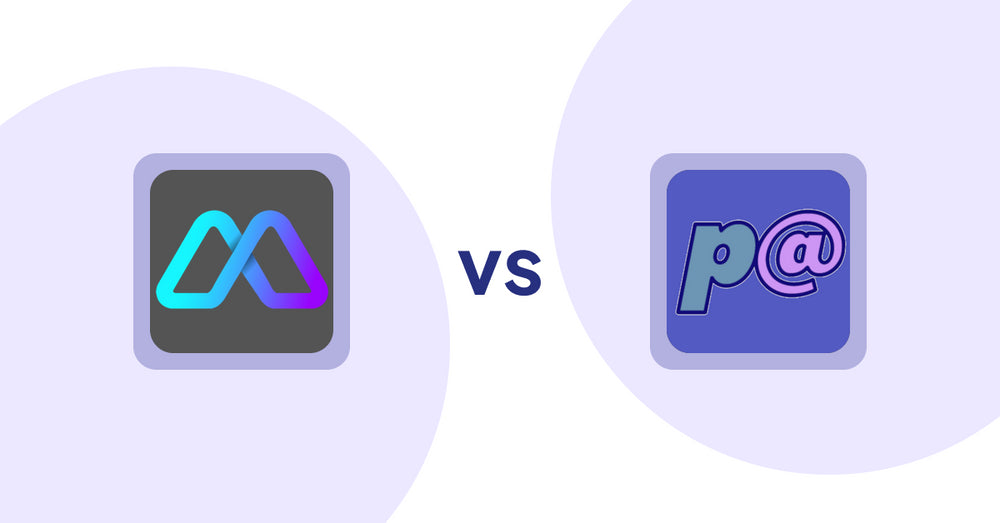
Shopify Product Display Apps: Metadrob: Create Virtual Store vs Parameterizer

Shopify Product Display Apps: Bike Matrix vs. Fast View: Fastest Quick View
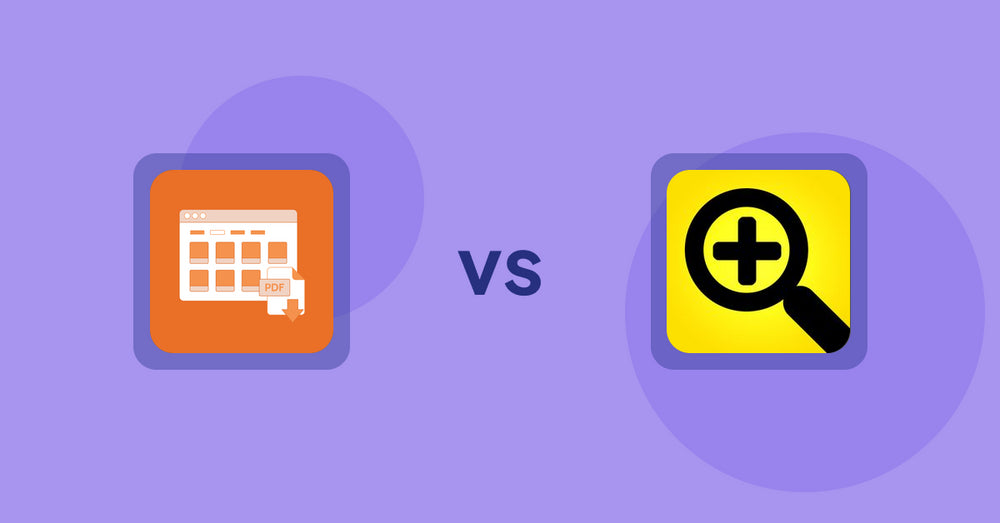
Shopify Product Display Apps: Meetanshi PDF Product Catalog vs Fast View: Fastest Quick View

Shopify Product Display Apps: UR: Smart Ranking vs Sortyfi Collection Merchandise

Shopify Product Display Apps: UR: Smart Ranking vs PDP Star
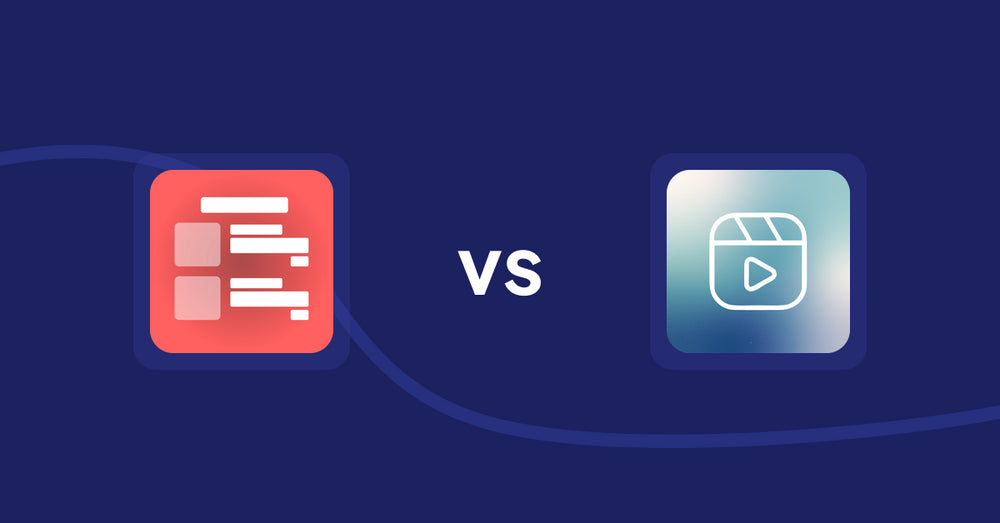
Shopify Product Display Apps: Menulog vs Reelify ‑ Shoppable Reel Video

Shopify Product Display Apps: H3 Estimated Delivery vs Findify Search & Merchandise

Shopify Product Display Apps: Wordo ‑ ChatGPT AI Description vs Urgency! Low Stock Counter
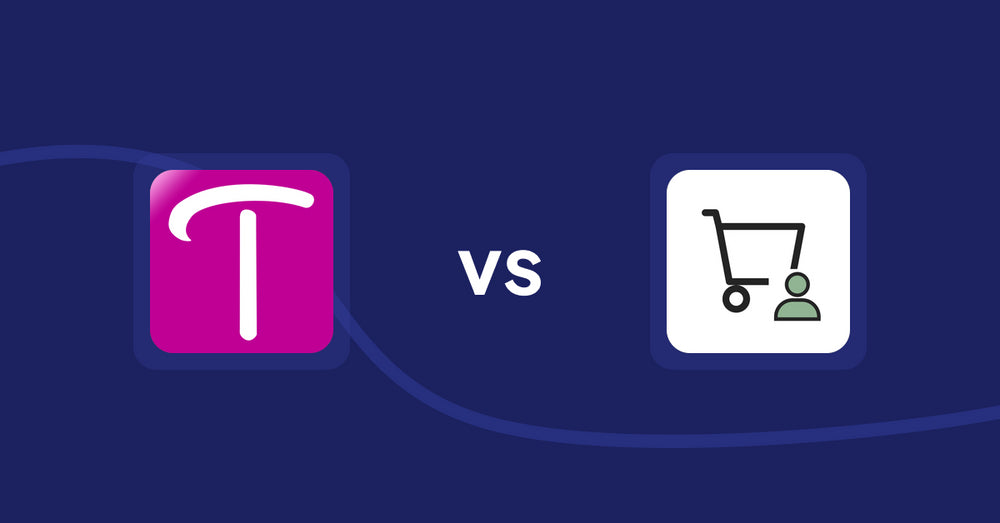
Shopify Product Display Apps: WS Transparency vs シンプル会員注文割引|お手軽ログインセール設定
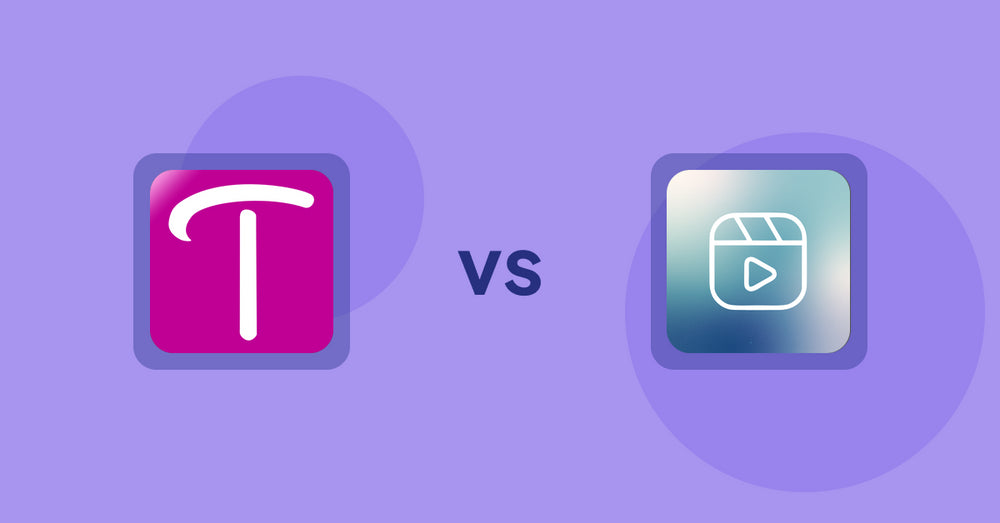
Shopify Product Display Apps: WS Transparency vs Reelify ‑ Shoppable Reel Video
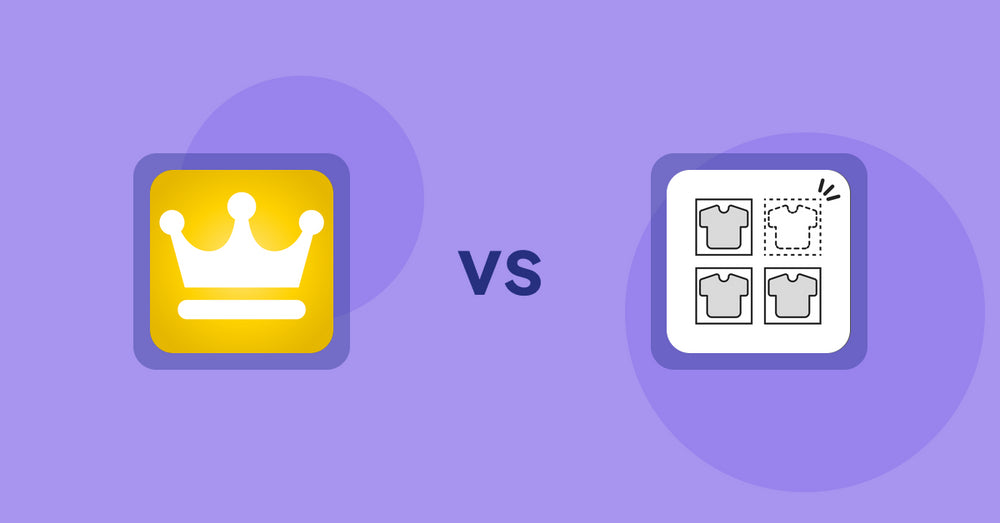
Shopify Product Display Apps: Awesome Ranking vs シンプル売り切れ非表示|在庫切れ商品の表示変更

Shopify Product Display Apps: OC Product Size Chart vs FeatureFrame ‑ Pretty Product

Shopify Product Display Apps: Shelfify vs Bike Matrix
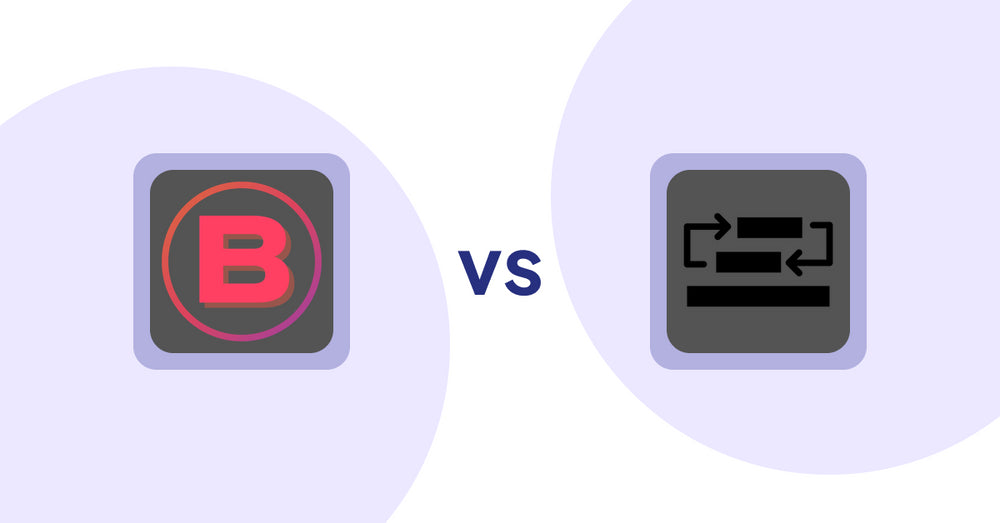
Shopify Product Display Apps: Banter Stories vs Sortyfi Collection Merchandise
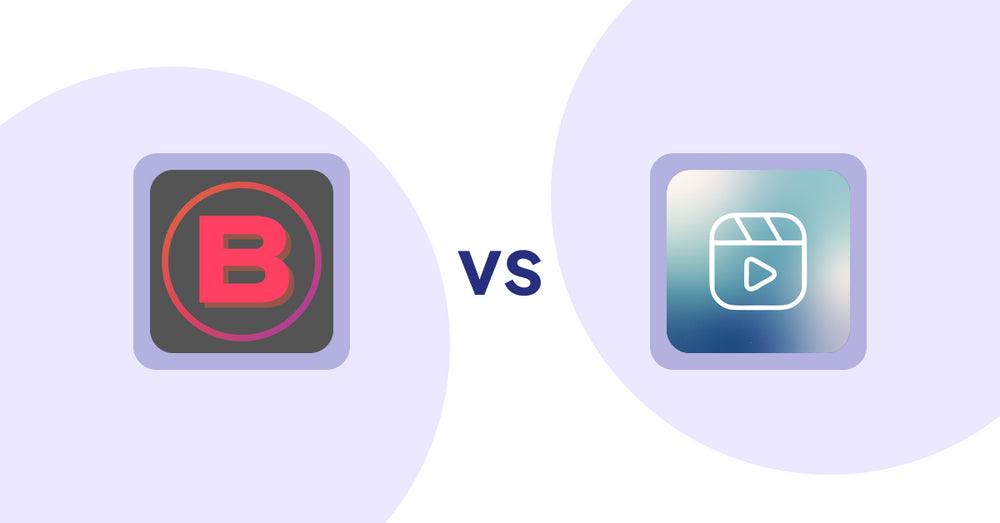
Shopify Product Display Apps: Banter Stories vs. Reelify ‑ Shoppable Reel Video
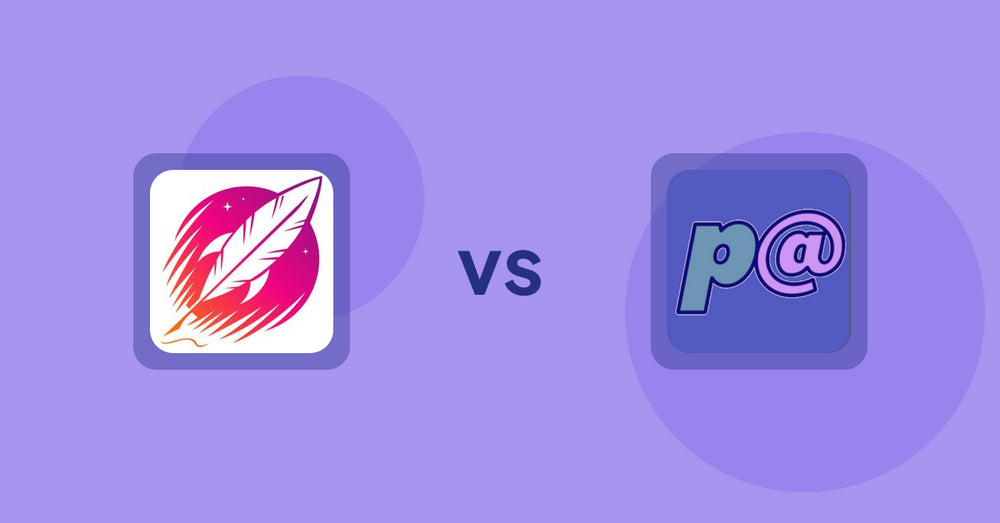
Shopify Product Display Apps: Wordsmith: Content Generator vs Parameterizer

Shopify Product Display Apps: Wordsmith: Content Generator vs Reelify ‑ Shoppable Reel Video
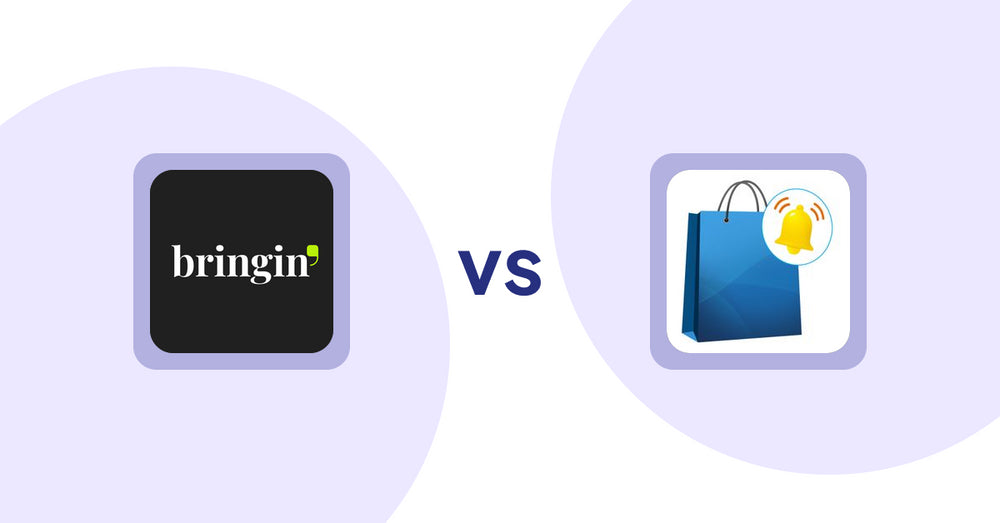
Shopify Product Display Apps: Bringin vs CartBar ‑ Product Purchase Bar
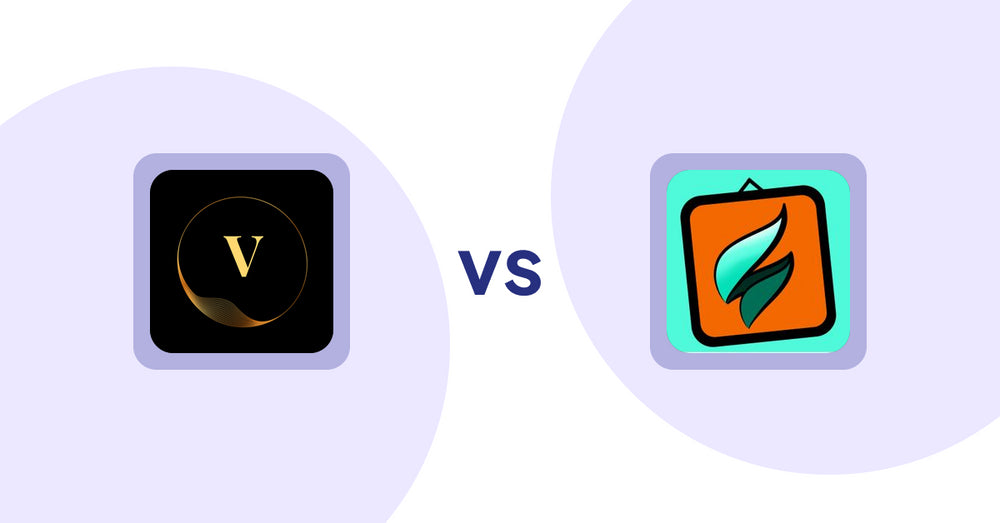
Shopify Product Display Apps: ProductTube vs SMART ‑ Art Product Builder

Shopify Product Display Apps: Xpander vs PDP Star

Shopify Product Display Apps: Xpander vs Banter Stories
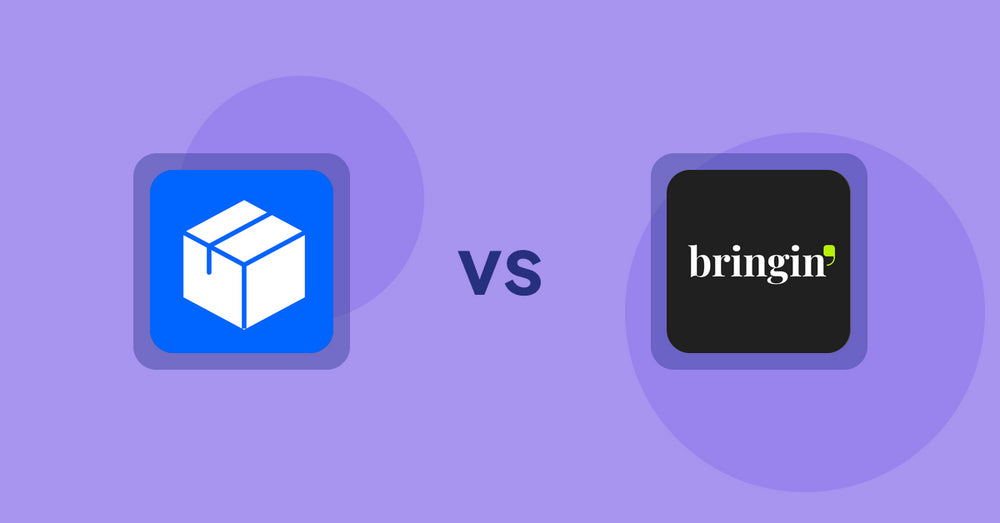
Shopify Product Display Apps: Wonderful Widgets vs Bringin

Shopify Product Display Apps: BookE - Rent Property & Service vs Metadrob: Create Virtual Store
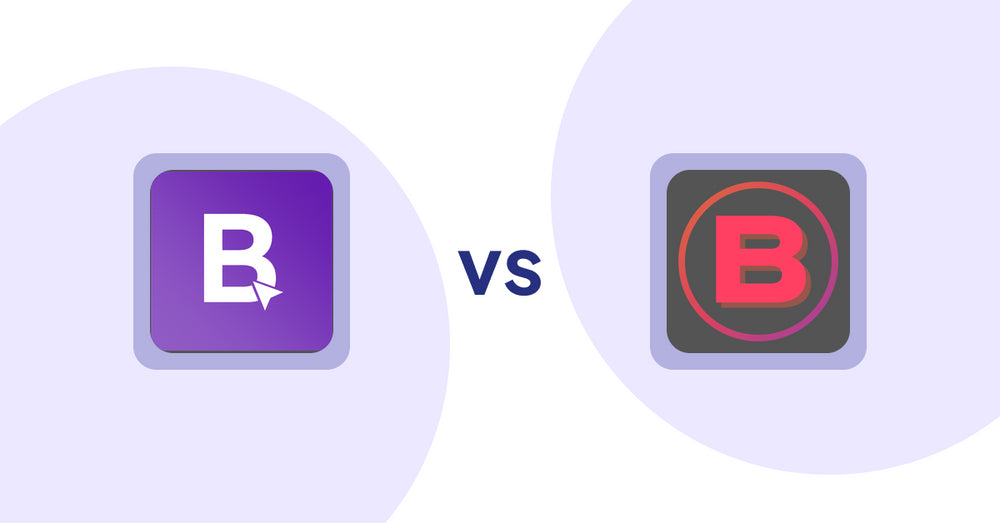
Shopify Product Display Apps: BookE ‑Rent Property & Service vs. Banter Stories
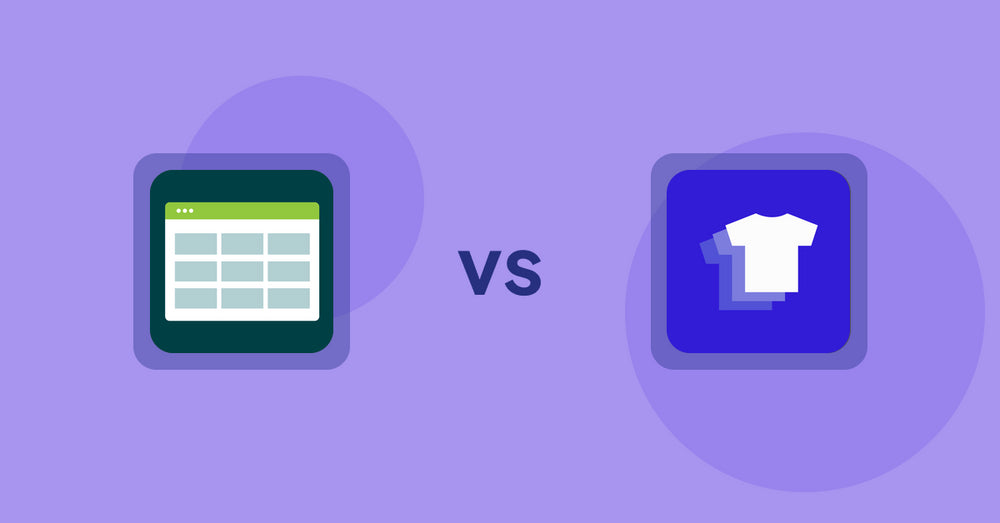
Shopify Product Display Apps: Product Table vs. Xpander
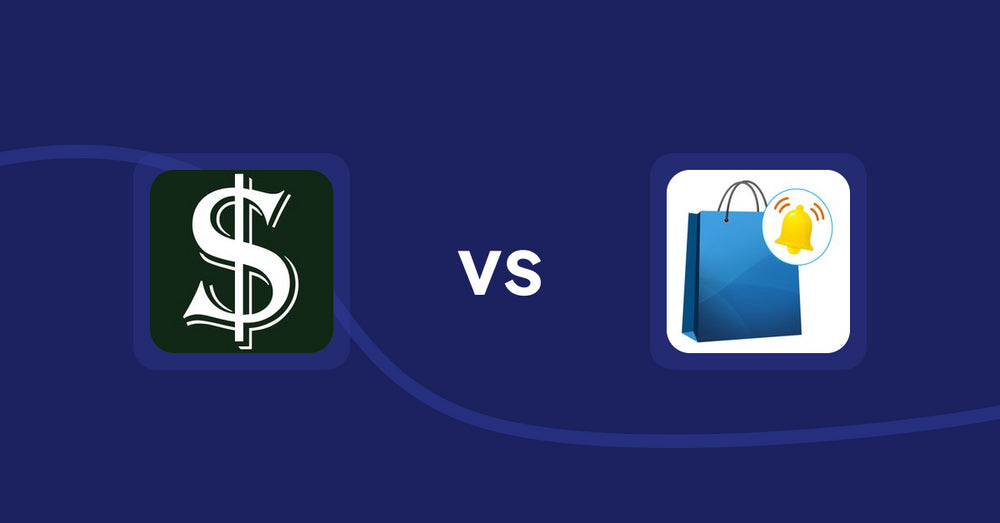
Shopify Product Display Apps: Selling Fast vs CartBar ‑ Product Purchase Bar
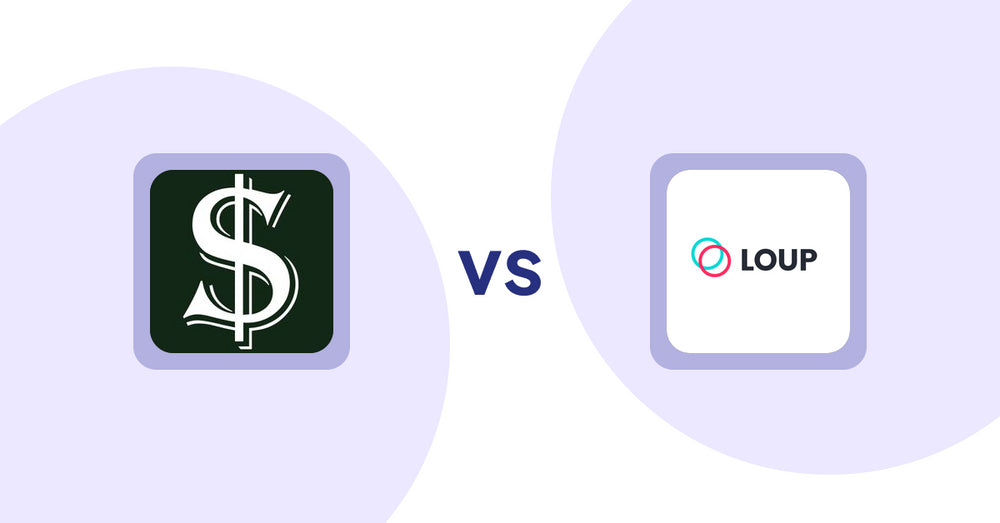
Shopify Product Display Apps: Selling Fast vs. Loup: Sell on Instagram
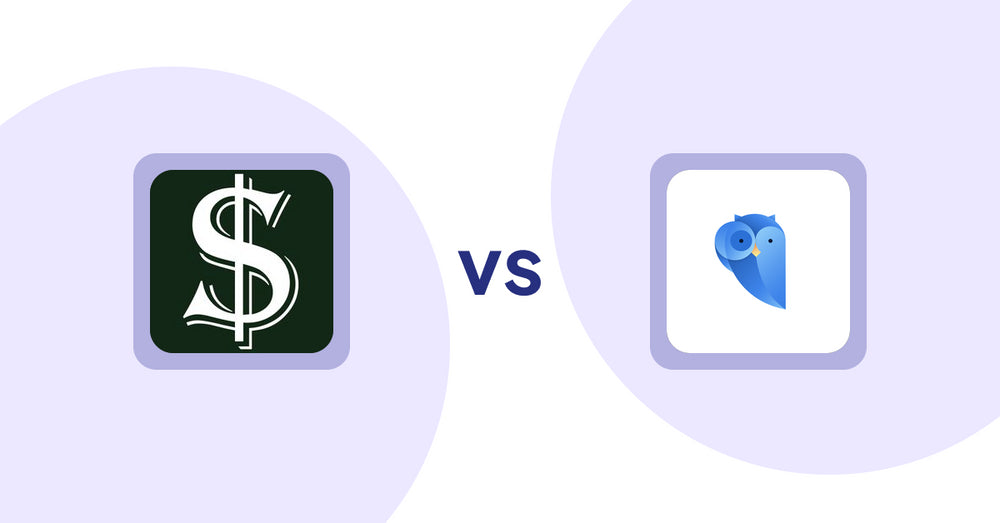
Shopify Product Display Apps: Selling Fast vs. Findify Search & Merchandise

Shopify Product Display Apps: Selling Fast vs. Aiuta
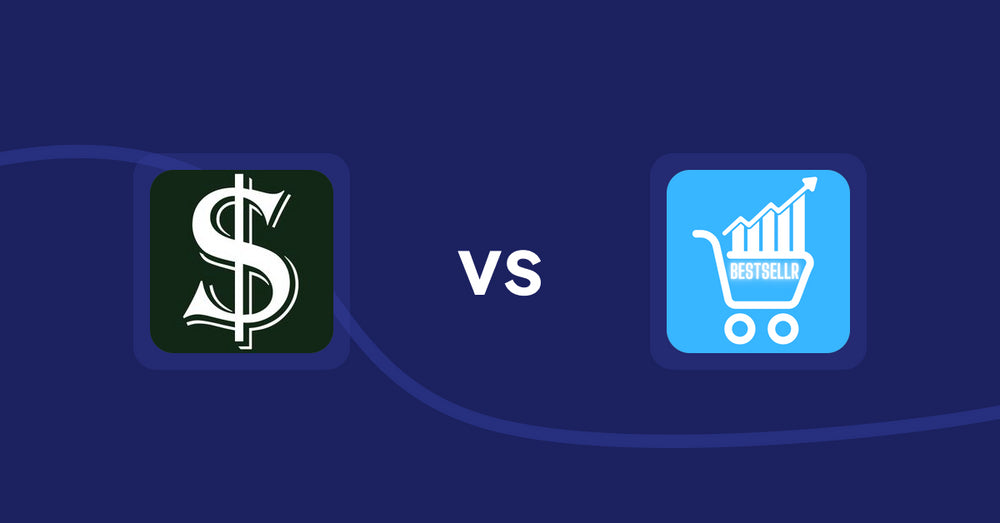
Shopify Product Display Apps: Selling Fast vs Bestsellr

Shopify Product Display Apps: Selling Fast vs ProductTube
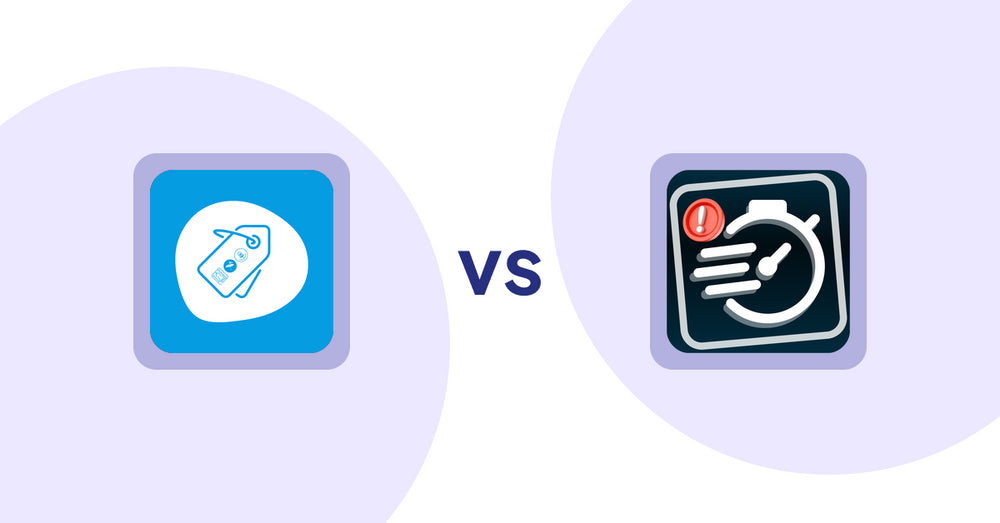
Shopify Product Display Apps: Extendons Product Tag Images vs Urgency! Low Stock Counter
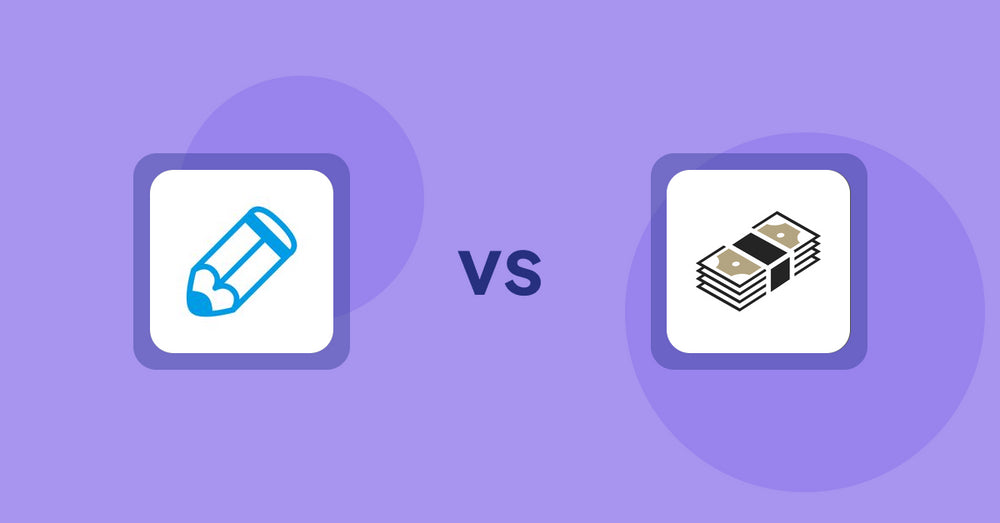
Shopify Product Display Apps: Writer Sofia vs シンプルクラウドファンディング|お手軽自社クラファン
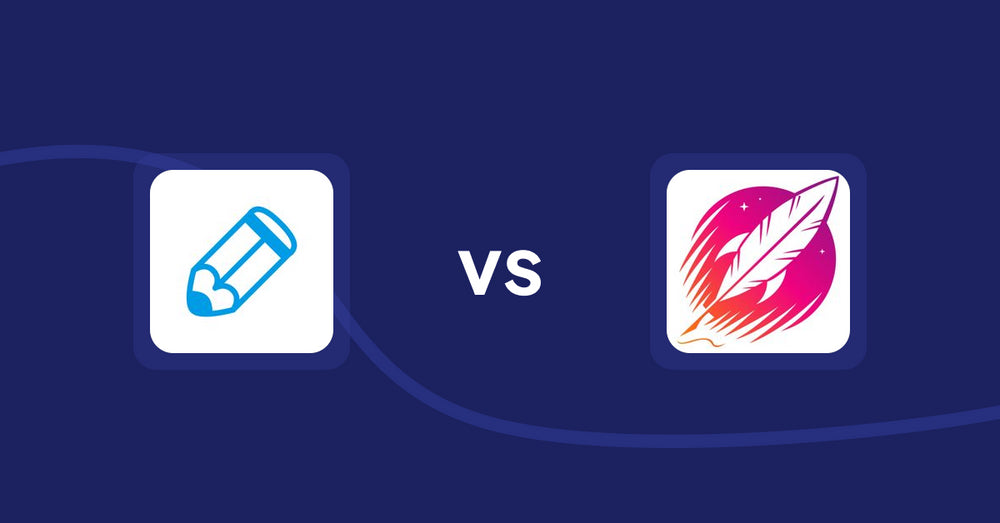
Shopify Product Display Apps: Writer Sofia vs Wordsmith: Content Generator
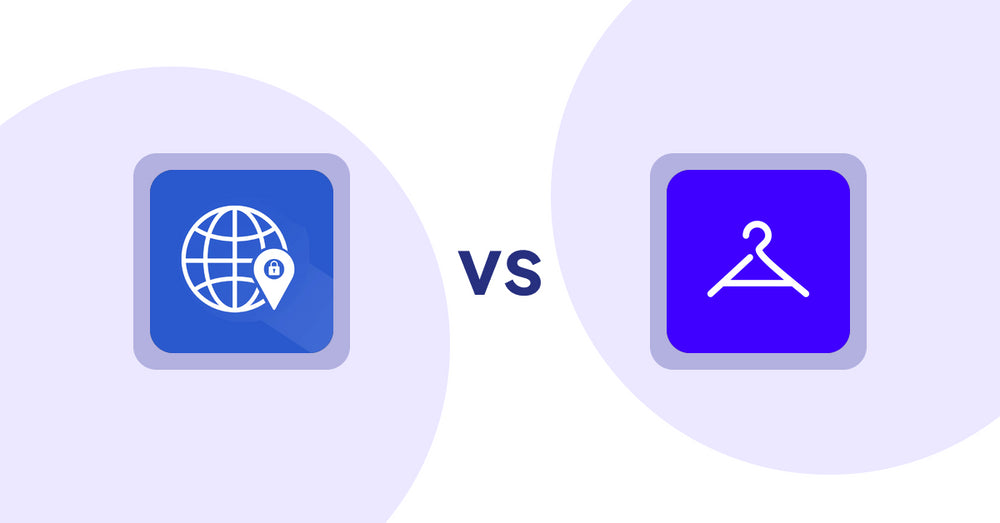
Shopify Product Display Apps: Addify ‑ Country Restrictions vs Aiuta
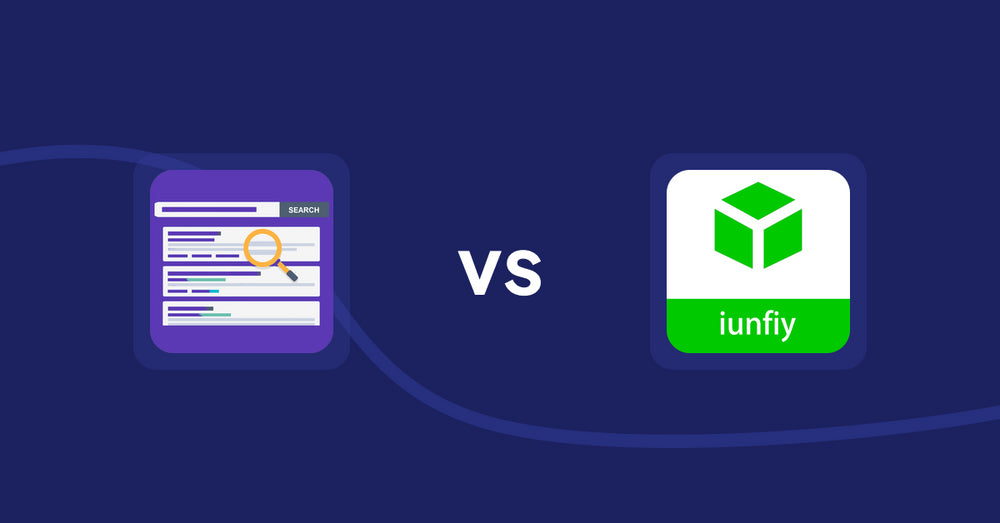
Shopify Product Display Apps: Spark AI Products Description vs iunfiy • Related Products

Shopify Product Display Apps: BeUnico vs Loup: Sell on Instagram
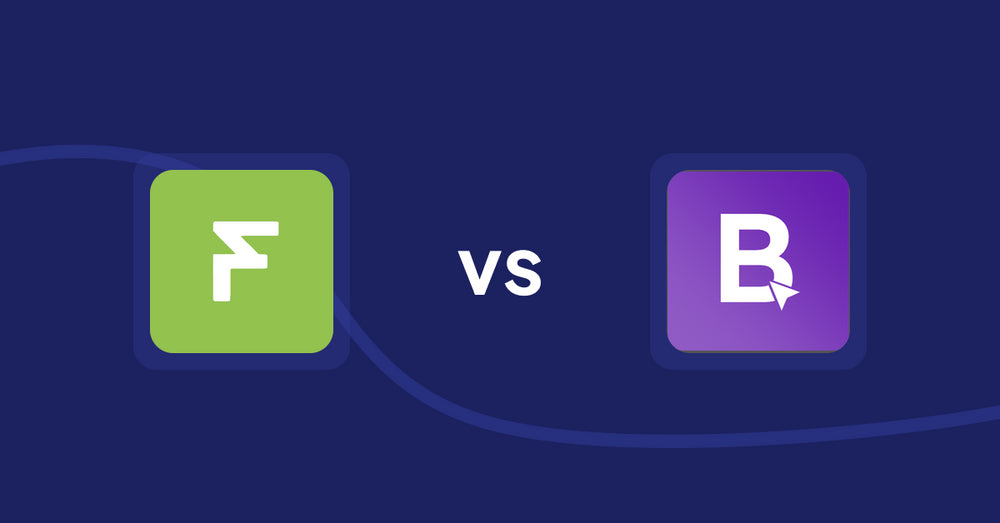
Shopify Product Display Apps: Easy Estimate Shipping vs BookE ‑Rent Property & Service
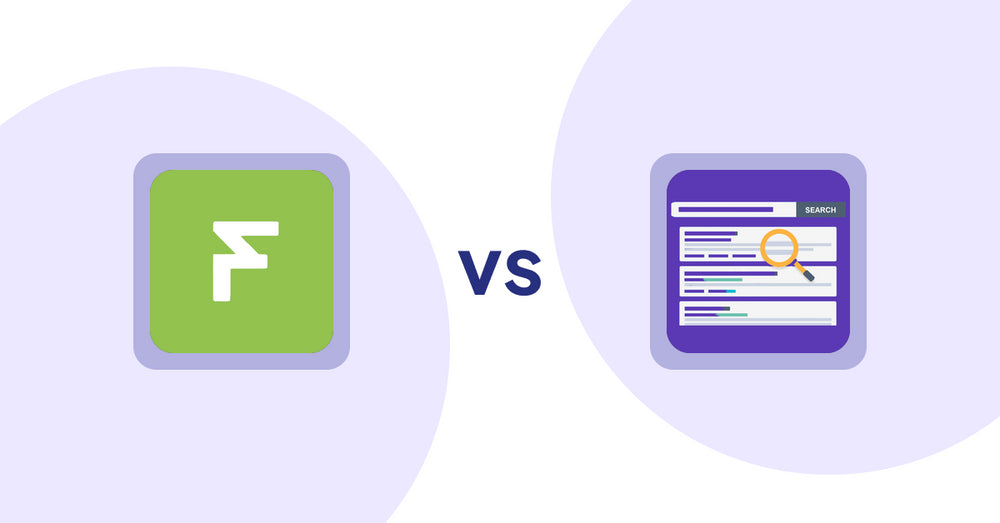
Shopify Product Display Apps: Easy Estimate Shipping vs. Spark AI Products Description
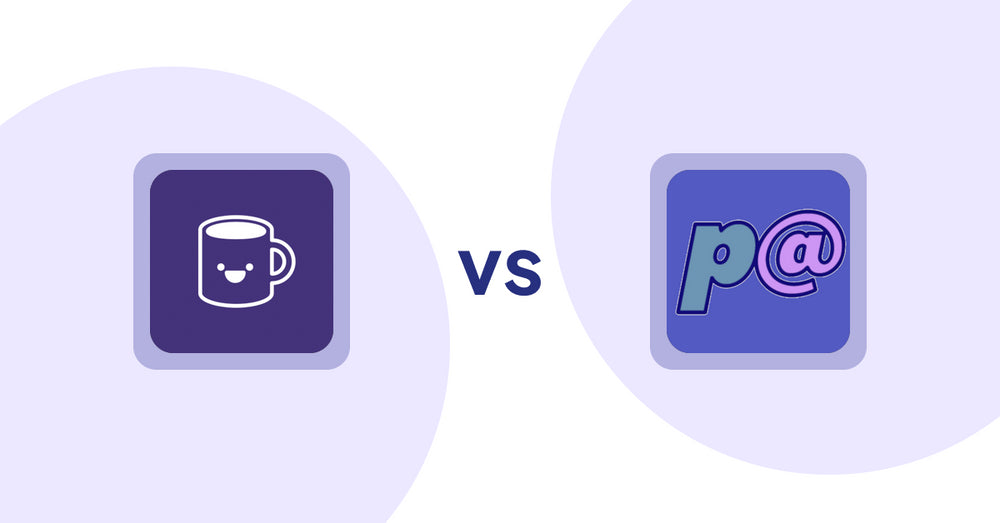
Shopify Product Display Apps: Mugshot Bot vs Parameterizer

Shopify Product Display Apps: Peftrust vs. Wordo ‑ ChatGPT AI Description
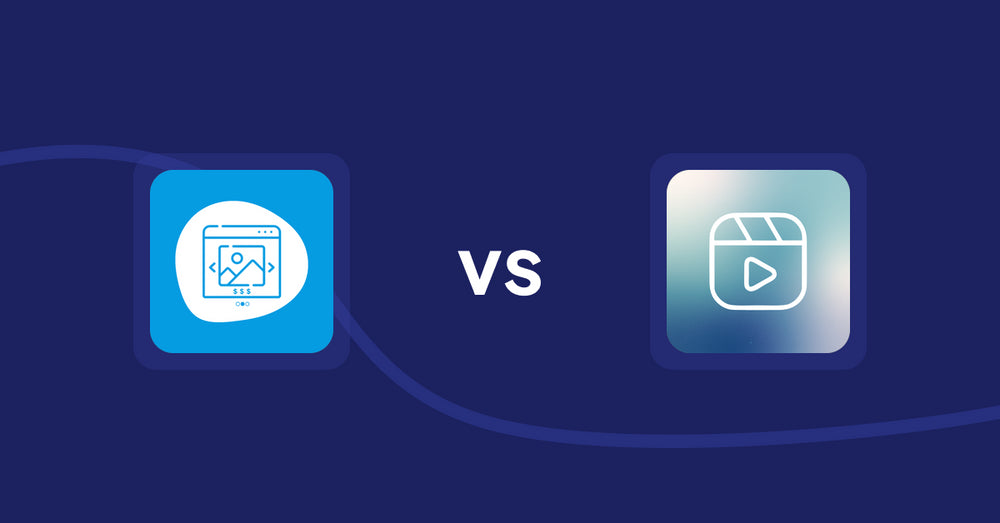
Shopify Product Display Apps: Quick Product Navigator Slide vs Reelify ‑ Shoppable Reel Video

Shopify Product Display Apps: Quick Product Navigator Slide vs. UR: Smart Ranking

Shopify Product Display Apps: Eazy Specification Tags Table vs Agile Attachments
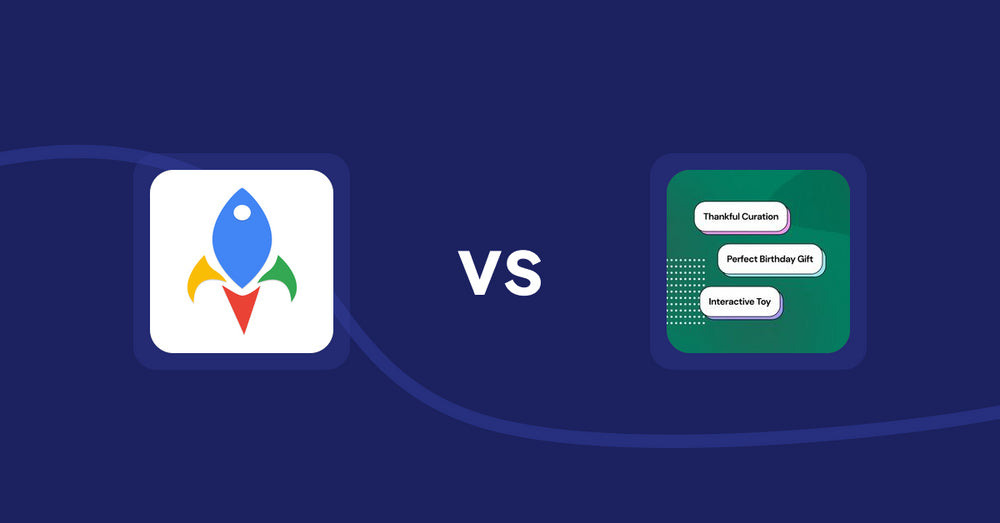
Shopify Product Display Apps: Jedi Back In Stock Admin Alert vs FeatureFrame ‑ Pretty Product
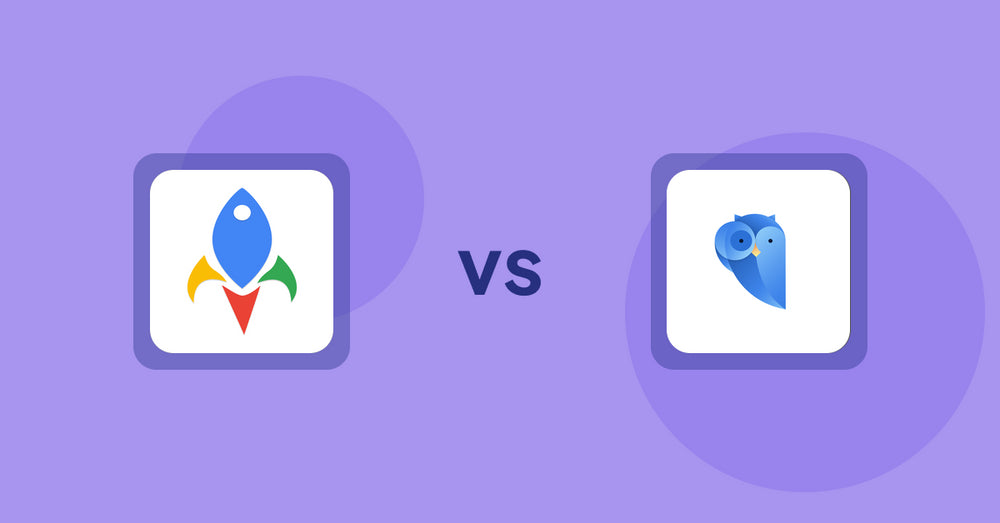
Shopify Product Display Apps: Jedi Back In Stock Admin Alert vs. Findify Search & Merchandise
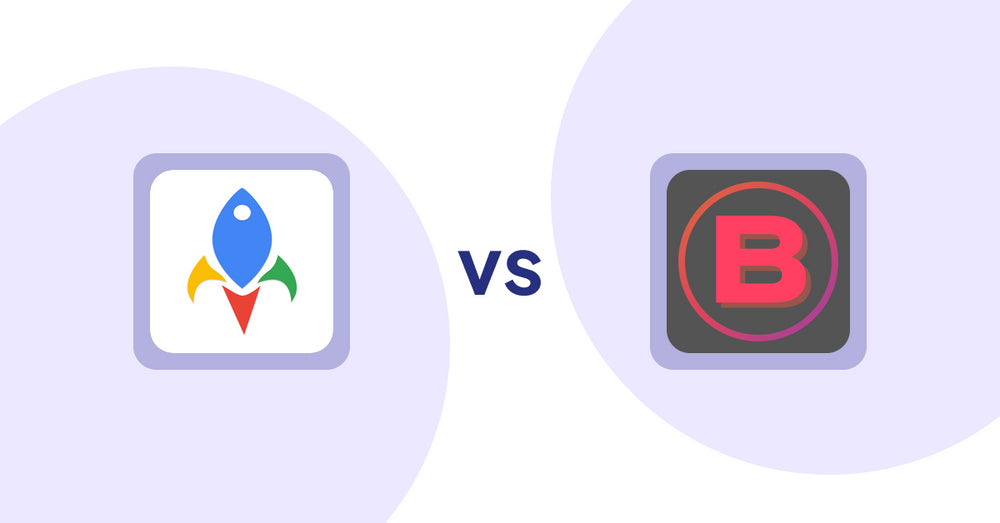
Shopify Product Display Apps: Jedi Back In Stock Admin Alert vs Banter Stories






